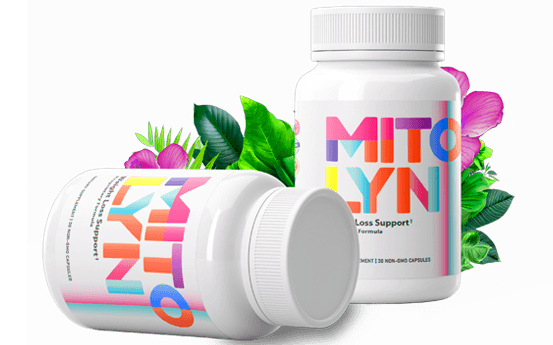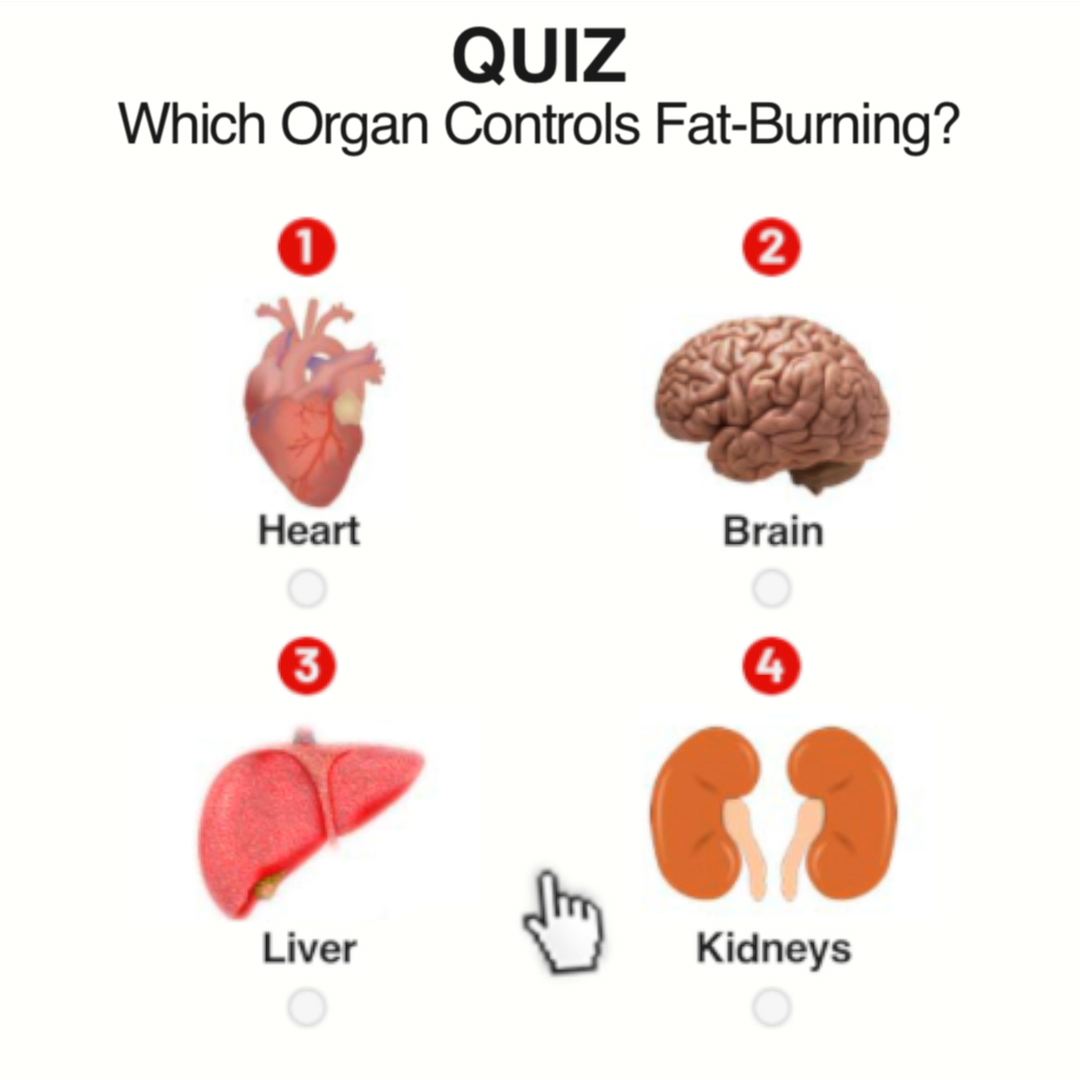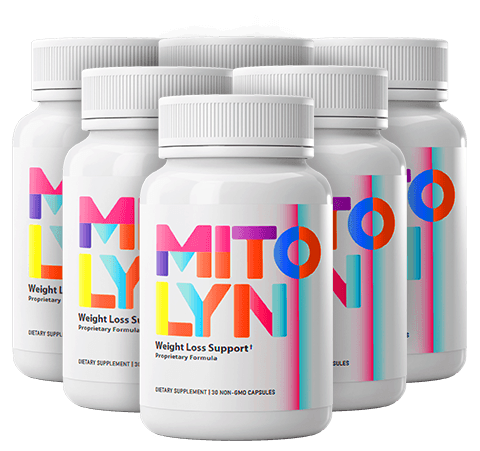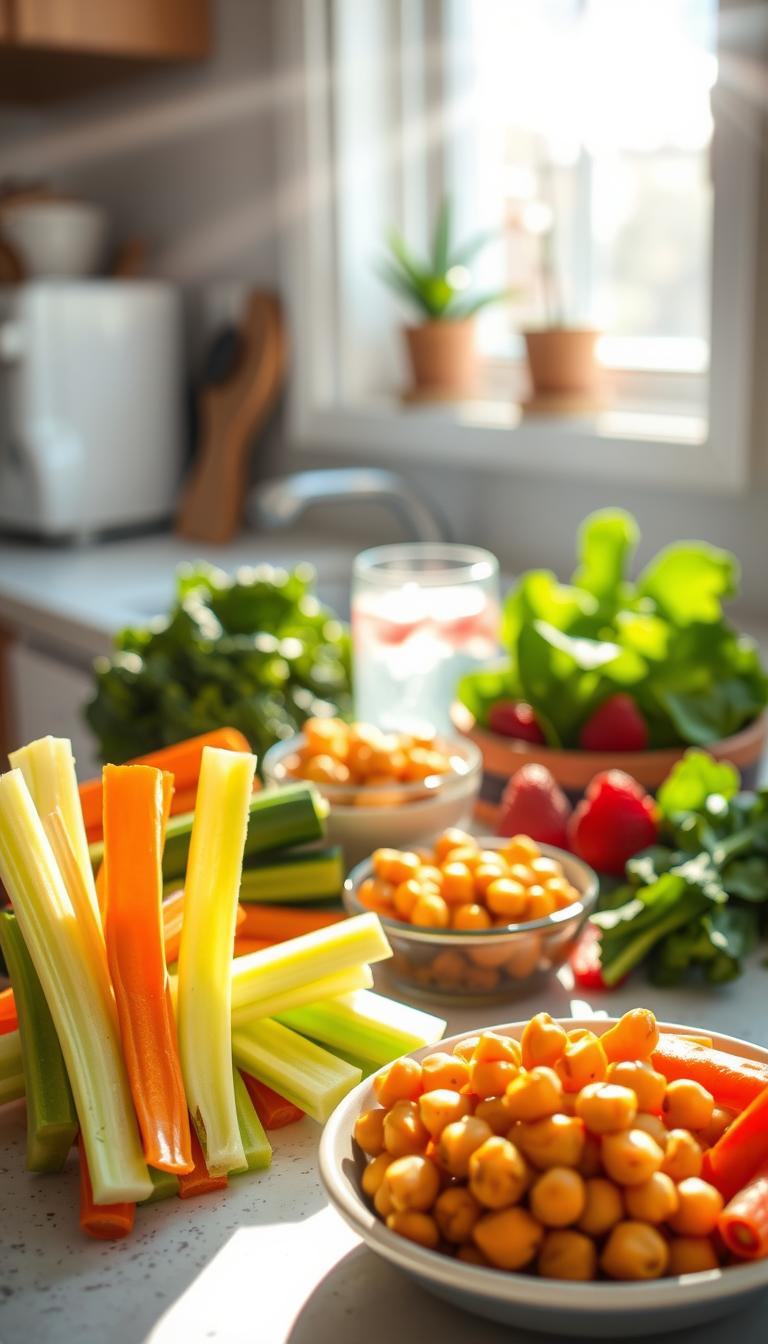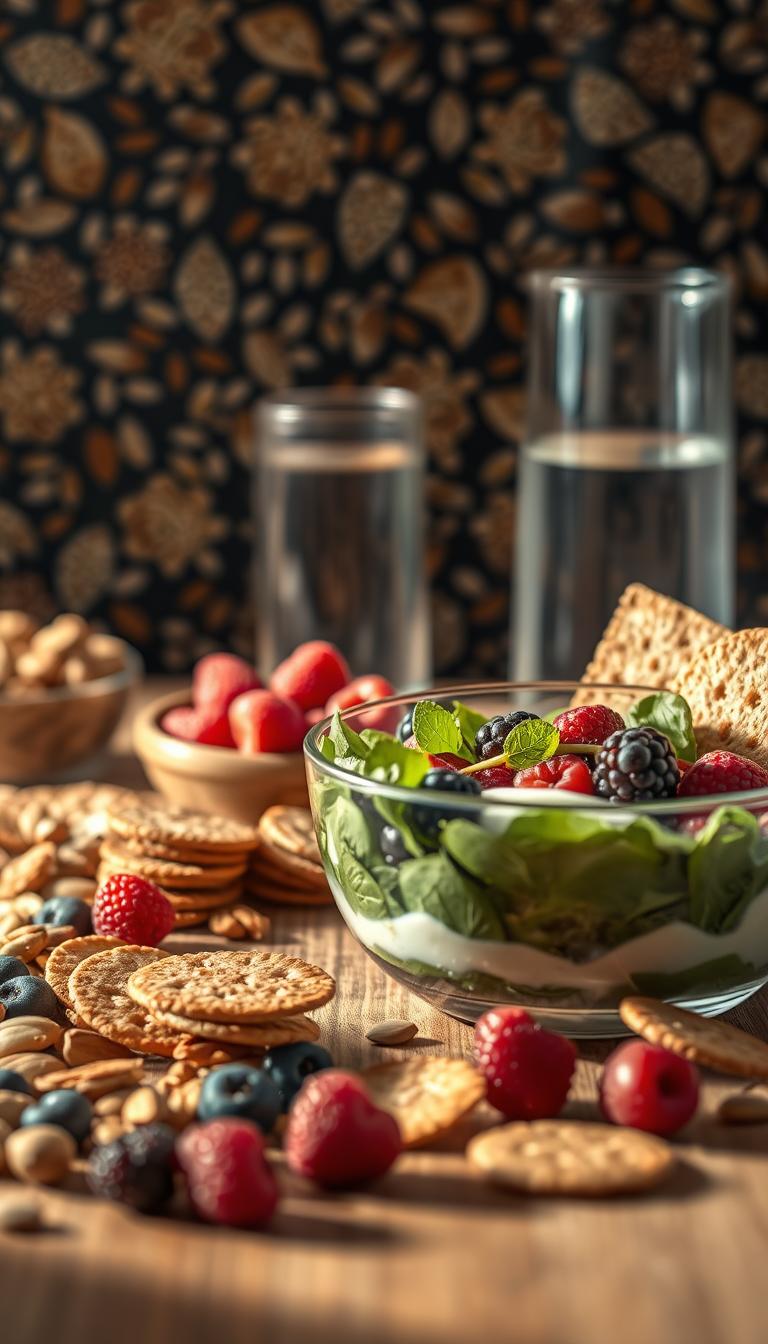
I used to grab a candy bar every afternoon. Then, I’d crash an hour later. This is common. The average American eats 34 teaspoons of added sugar daily, more than double the recommended 12 teaspoons.
This sugar overload causes sugar crashes. It leaves us feeling drained and irritable. But, what if stopping these dips was simple? Like swapping a soda for water or adding nuts to your lunch?
Let’s cut through the noise. This article shares science-backed tweaks that changed my energy. No extreme diets needed. You’ll learn how hydration, fiber-rich snacks, and mindful eating can stop blood sugar crashes.
Key Takeaways
- Cut refined carbs like white bread and sugary drinks to avoid blood sugar spikes.
- Drink 34 ounces of water daily to support blood sugar management.
- Choose soluble fiber foods like oatmeal and apples to slow glucose absorption.
- Pair meals with protein and healthy fats like almonds or avocados.
- Limit added sugars to under 12 teaspoons daily to prevent insulin resistance.
Understanding the Blood Sugar Rollercoaster: Why Crashes Happen
Over 96 million adults in the U.S. have prediabetes, highlighting the widespread issue of blood sugar fluctuations.
Ever feel shaky after skipping a meal or crash hours after a carb-loaded breakfast? Let’s decode what’s really happening inside your body. Blood sugar stability strategies start with understanding the chain reaction that leads to those midday energy dives.
The Science Behind Blood Glucose Fluctuations
Your body turns carbs into glucose, your main energy source. But not all carbs act the same. Simple carbs (think soda or cookies) flood your bloodstream fast. That’s the spike. Complex carbs (like beans or whole grains) release glucose slowly, avoiding the extreme highs and lows.
Simple carbs → rapid glucose spike
Complex carbs → steady energy release
Insulin’s job: Move glucose into cells for energy
How Your Body Responds to Sugar Intake
When insulin overreacts to a sugar rush, it pulls too much glucose out of your blood. That’s the crash: headaches, fatigue, and the “hangry” feeling. Even “diet” snacks with sugar alcohols (like sorbitol) can trick your system into a spike-and-crash cycle.
The Insulin Connection: What’s Really Happening Inside
Insulin acts like a traffic cop for glucose. But constant spikes make your cells ignore insulin over time—a setup for insulin resistance. This cycle can turn everyday meals into energy disasters. That’s why blood sugar stability strategies focus on slowing glucose absorption with protein and fiber.
Small changes add up. Choosing fiber-rich snacks and spacing meals can reset your body’s rhythm. Small steps today build a foundation for long-term managing blood sugar levels.
My Personal Battle with Sugar Crashes and How They Affected My Daily Life
I’ve been there—crashing hard by 3 p.m. I relied on candy bars and energy drinks to get by. The fatigue, brain fog, and shakes made me feel like my body was fighting me every day.
I’d zone out in meetings, snap at my loved ones, and feel stuck on a sugar seesaw. My doctor said I had reactive hypoglycemia. But it wasn’t until I passed out mid-workout that I knew I had to make a change.
“Your body isn’t broken—it’s craving balance.”

I tried different things until I found what worked. Here’s what made a big difference:
- Eating within an hour of waking (even if I wasn’t hungry)
- Pairing fruit with nuts or cheese
- Carrying emergency snacks like roasted chickpeas
| Challenge | Solution |
|---|---|
| Afternoon energy crashes | Add 10g protein + 5g fiber to snacks |
| Impulse snacking | Pre-portion snacks in mason jars |
| Morning hunger swings | Swap sugary cereals for oatmeal + chia seeds |
Learning to prevent hypoglycemia wasn’t about giving up food. It was about finding small changes that add up. Now, I meal prep on Sundays and keep a “nutrition cheat sheet” in my phone.
I also track my food with a free app like MyFitnessPal. It’s not perfect, but the crashes are 80% gone. You can do this too—start with one habit and build from there.
The Power of Protein: Your First Line of Defense Against Blood Sugar Crashes
When I started eating more protein, I felt a big change. Protein helps keep my energy steady. It slows down how fast carbs are digested, preventing big drops in blood sugar.
This helps me avoid big changes in blood sugar levels. Protein is important for making new glucose, keeping blood sugar balanced.

Best Protein Sources for Stable Blood Sugar
Choose proteins that don’t make insulin go up too fast:
- Animal-based options like eggs, wild salmon, and turkey breast
- Plant-based picks such as lentils, chickpeas, and tempeh
Pair legumes with whole grains for a complete protein. This makes sure your body gets all the amino acids it needs.
How Much Protein Do You Actually Need?
Aim for 0.8–1 gram of protein per pound of body weight. For a 150-pound person, that’s 120–150 grams a day. If you’re active, you might need 1.2 grams per pound.
I try to eat 3-4 palm-sized portions of protein at meals.
Easy Ways to Add More Protein to Every Meal
Small changes can make a big difference:
- Mix Greek yogurt into morning oatmeal instead of milk
- Snack on almonds or hard-boiled eggs instead of crackers
- Swap pasta for zucchini noodles topped with turkey meatballs
Eating a protein-rich snack before bed helped me avoid midnight crashes. A small serving of cottage cheese with berries did the trick. These changes made my afternoons clear and focused in just weeks.
Smart Carb Choices That Won’t Send Your Blood Sugar on a Wild Ride
Carbs aren’t bad. The right ones help stabilize blood glucose levels and keep energy steady. Let’s learn how to choose carbs that are good for us.
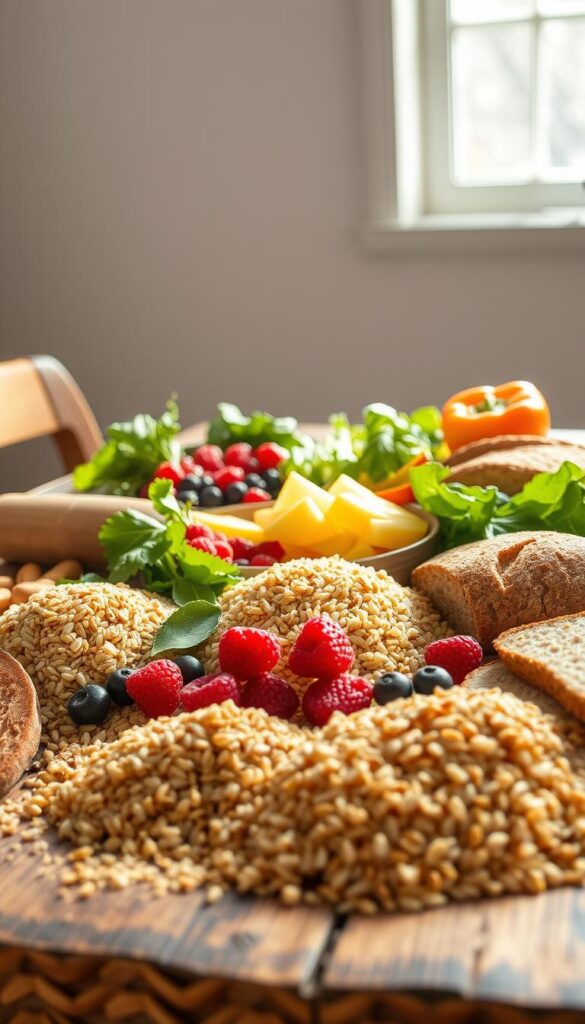
Complex vs. Simple Carbohydrates: What’s the Difference?
Simple carbs like candy and white bread digest fast. They cause quick insulin spikes. Complex carbs, like whole grains and starchy veggies, digest slower. They give steady energy. Here’s the difference:
- Simple carbs: Sodas, pastries, fruit juices
- Complex carbs: Quinoa, oats, sweet potatoes, beans
Fiber-Rich Foods That Slow Glucose Absorption
Foods high in fiber, like leafy greens and berries, slow down sugar release. My favorites include:
- Spinach, kale, and chard: Full of magnesium to help insulin work better
- Almonds and chia seeds: Add crunch with fiber and healthy fats
- Strawberries and raspberries: 4g fiber per cup—satisfy cravings without spiking insulin
The Glycemic Index: Your Guide to Better Carb Choices
Low GI foods (35 or below) like lentils digest slowly. Pair them with fats or protein to lower their impact. For example:
- Swap white rice for cauliflower rice
- Pair apple slices with almond butter
- Choose steel-cut oats over instant oatmeal
My favorite trick? Adding walnuts to salads. They lower the meal’s glycemic load. Small changes like this can make a big difference in how carbs affect us.
How Healthy Fats Help Stabilize Blood Glucose Levels
When I started eating more healthy fats, I felt my energy stay steady. How to stop blood sugar crashes isn’t just about cutting carbs. It’s about balancing meals with fats that slow digestion.
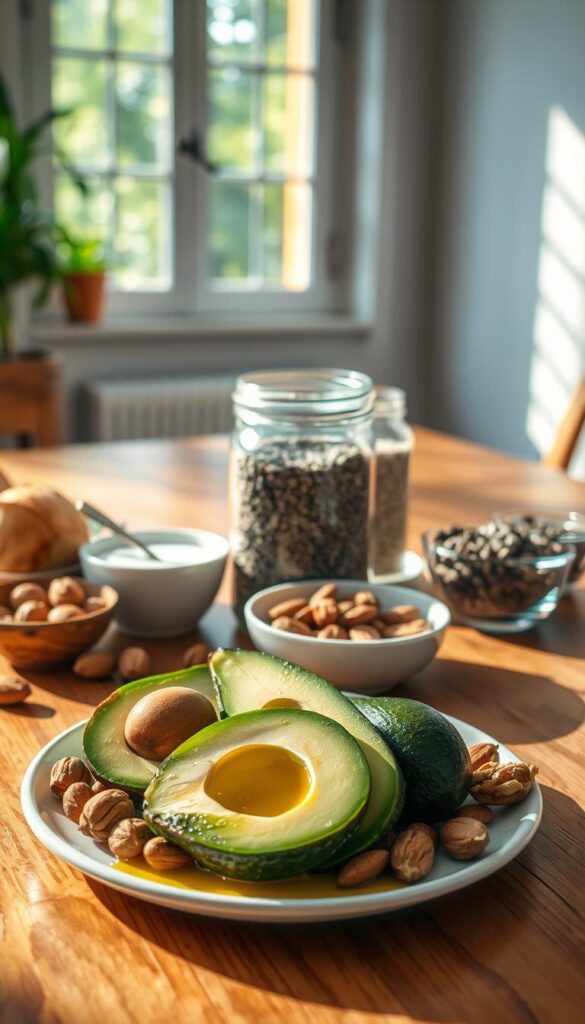
Unsaturated fats in avocados and olive oil slow down sugar absorption. This stops quick spikes and crashes. Monounsaturated and polyunsaturated fats in walnuts, flaxseeds, and salmon help your body use glucose slowly. This reduces strain on your system.
Saturated fats in dark chocolate or coconut oil are okay in small amounts. But avoid trans fats in fried foods.
- Add 1 tbsp. olive oil to salads or veggies
- Top toast with almond butter or avocado slices
- Snack on a small handful of pistachios mid-morning
I now eat fruit with nuts to avoid sugar rushes. For example, berries with almond butter. Combining fats with carbs helps manage blood sugar levels.
It’s not about making big changes. Swapping butter for avocado or adding chia seeds to oatmeal helps. Listen to your body and try different things to see what works for you.
Timing Is Everything: Meal Scheduling Strategies to Prevent Hypoglycemia
Meal timing is very important for blood sugar crash prevention. Waiting too long to eat can cause sudden drops. Also, not eating at regular times can mess up insulin levels. I learned that eating every 3–4 hours keeps my energy steady and prevents overloading.

- Eat balanced meals with protein, fiber, and healthy fats every 3–4 hours to maintain stable glucose levels.
- Pair fruits with nuts or yogurt to prevent hypoglycemia caused by quick sugar spikes.
- Before workouts, have a small snack like apple slices with almond butter to avoid mid-workout crashes.
- Choose a nighttime snack of Greek yogurt or a hard-boiled egg to sustain blood sugar overnight.
Listening to hunger cues is key. I stopped skipping breakfast and now start with oatmeal, chia seeds, and walnuts. This changed my 3-hour energy slumps. Before exercising, a pre-workout snack fuels me without causing drops later. I also monitor my glucose patterns and adjust insulin timing with my doctor.
Small changes made a big difference in my daily life. By matching meals to my body’s needs, I’ve reduced afternoon crashes and feel more balanced. Your schedule might be different, but trying different times can help a lot.
Beyond Food: Hydration and Supplements for Blood Sugar Stability
Staying hydrated and choosing the right supplements can be game-changers for maintaining steady energy. Here’s how to pair these strategies with your diet for better results.

Hydration isn’t just about quenching thirst—it’s a blood sugar stability strategy. When I started drinking water first thing in the morning, my afternoon crashes eased noticeably. Research shows even mild dehydration can raise blood sugar, so aim for half your body weight in ounces daily. Add lemon or cucumber to water to boost flavor and interest. Thirst often mimics hunger, so sipping water before reaching for a snack can curb unnecessary eating.
Hydration Tips for Better Glucose Control
- Drink 16 oz of water upon waking
- Track intake using an app or marked water bottle
- Choose electrolyte drinks during intense workouts
Top Supplements Backed by Science
| Supplement | How It Helps | Dosage |
|---|---|---|
| Apple Cider Vinegar | Acetic acid slows carb digestion | 1-2 tbsp diluted in water before meals |
| Magnesium | Supports insulin sensitivity | 400-600mg/day (consult a doctor) |
| Probiotics | Support gut health linked to blood sugar balance | Look for brands with 10-20 billion CFUs |
When to Involve a Professional
If you’re on medication or have diabetes, always consult a doctor before starting supplements. They’ll help ensure interactions are avoided and dosages are safe. Even natural options like bitter melon can affect blood sugar unpredictably without guidance.
Pairing these tips for avoiding blood sugar crashes with hydration and supplements creates a holistic approach. Small changes like infusing water with berries or keeping a magnesium supplement by your vitamins can make all the difference.
How to Stop Blood Sugar Crashes Through Lifestyle Modifications
Making simple lifestyle changes has changed how I manage my energy. Controlling blood sugar drops is easier now. Exercise, stress reduction, and sleep are key to stable blood sugar.

- Move More: Try to do 150 minutes of brisk walking, cycling, or swimming each week. Also, do strength training twice a week. This helps your muscles use insulin better.
- Stress Less: Do deep breathing for five minutes every day. Or take a 20-minute walk outside. This lowers cortisol and helps prevent insulin spikes.
- Sleep Better: Try to sleep 7-9 hours each night. Don’t use screens before bed. Keep your bedroom cool to help your body use insulin better.
I started yoga mornings and now feel steadier all day—no more midday crashes!
Start making these changes slowly. A 10-minute walk after meals or short breathing breaks at work can help a lot. Ways to prevent insulin spikes include planning stress-free days and getting enough rest. Your body will thank you when these habits become a part of your life.
Building Long-Term Habits for Sustained Energy and Fewer Cravings
Starting with small, consistent choices is key to steady energy. Here’s how to make short-term fixes into lifelong strategies that avoid glucose fluctuations.
Meal Planning Made Manageable
Forget about strict diets. Create templates to balance flavors and nutrients:
| Meal | Omnivore | Vegetarian |
|---|---|---|
| Breakfast | Scrambled eggs with spinach + 1/2 avocado | Greek yogurt with berries + almonds |
| Lunch | Grilled chicken + quinoa + roasted veggies | Lentil soup with whole-grain bread |
Pair carbs with protein/fats. For example, apple slices with peanut butter or whole-grain toast with avocado. Aim for ≤25g added sugar daily for women, 36g for men.
Track What Matters
Monitor these markers weekly:
- Energy levels (no midday crashes)
- Mood stability
- Sleep quality
- Consistency in hydration (8-10 cups water daily)
Use a notebook to note patterns. Even small progress—like choosing sparkling water over soda—counts!
Navigating Social Situations
At parties or dinners, try this:
- Bring a healthy dish to share.
- Pair desserts with protein (e.g., dark chocolate + walnuts).
- Drink water before indulging to curb portions.
Remember: occasional treats won’t derail progress when balanced with daily mindful choices. Focus on stabilize blood glucose levels through consistent choices, not perfection.
Conclusion: Taking Control of Your Blood Sugar Journey Starts Today
Managing blood sugar crashes is about making progress, not being perfect. The tips in this article, like eating more protein and choosing the right carbs, help a lot. Even small changes, like eating nuts instead of sweets, can make a big difference.
Most people see their blood sugar go up after eating. But, making a few simple changes can help a lot. Starting meals with protein or fats can cut spikes by up to 70%. Drinking water is also very important.
I’ve seen how changing meal times and adding healthy fats can help. Everyone is different, so find what works for you. Even small changes, like adding almonds or drinking water before meals, can help a lot.
Start with one small change today. Maybe drink more water or eat lean protein first. Every choice you make brings you closer to steady energy. Don’t forget to celebrate your small wins and adjust your plan as needed.
Your journey to better blood sugar starts now. Choose one thing to do today, like making a healthy breakfast or drinking more water. These small steps add up over time. You’ve already learned a lot, now it’s time to act. Your health and energy are worth it.
FAQ
What are blood sugar crashes, and how do they affect me?
Blood sugar crashes happen when your glucose levels drop fast. This can make you feel tired, irritable, and hungry for sweets. It can mess with your energy and mood, affecting your health.
How can I prevent blood sugar crashes throughout the day?
To stop crashes, eat balanced meals with protein, healthy fats, and complex carbs. Eating protein and timing your meals right helps keep your blood sugar steady.
Why is protein important for managing blood sugar levels?
Protein is key in keeping blood sugar stable. It slows digestion and lowers glucose release into the blood. Adding enough protein to your meals helps avoid big spikes and crashes.
What’s the difference between simple and complex carbohydrates?
Simple carbs are sugars that give quick energy but can cause blood sugar to spike. Complex carbs are digested slowly, providing steady energy because of their fiber.
How can dietary fats help stabilize blood glucose levels?
Healthy fats slow down carb digestion, leading to a steady glucose release. Adding foods like avocados and nuts can help keep blood sugar stable.
What role does hydration play in blood sugar regulation?
Drinking enough water is crucial. Even mild dehydration can raise blood sugar. Staying hydrated helps keep insulin sensitivity better.
Are there natural supplements that can aid in controlling blood sugar?
Yes, supplements like chromium, magnesium, and cinnamon might help control blood sugar. But, always talk to a healthcare provider before trying new supplements.
How does stress affect my blood sugar levels?
Stress releases hormones like cortisol, which can raise blood sugar and cause insulin resistance. Managing stress can help keep blood sugar stable.
How often should I eat to maintain stable blood sugar levels?
Eating every 3-5 hours helps keep blood sugar steady. Listen to your hunger and find a routine that works for you.
Can I make small changes to my diet without a complete overhaul?
Absolutely! Making small changes, like adding protein or choosing whole foods, can greatly improve blood sugar management.








